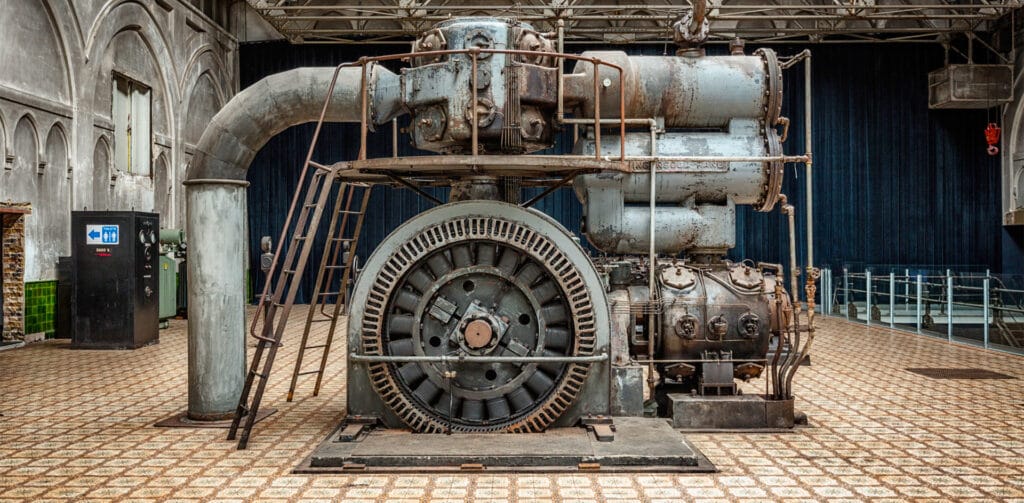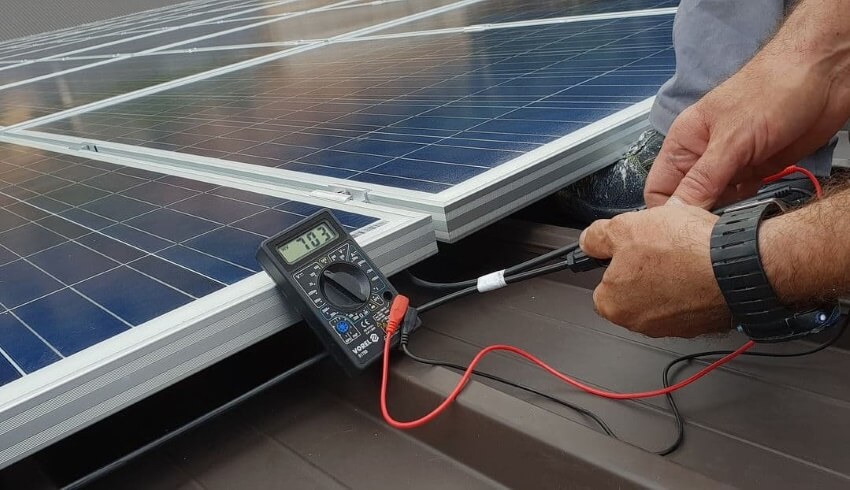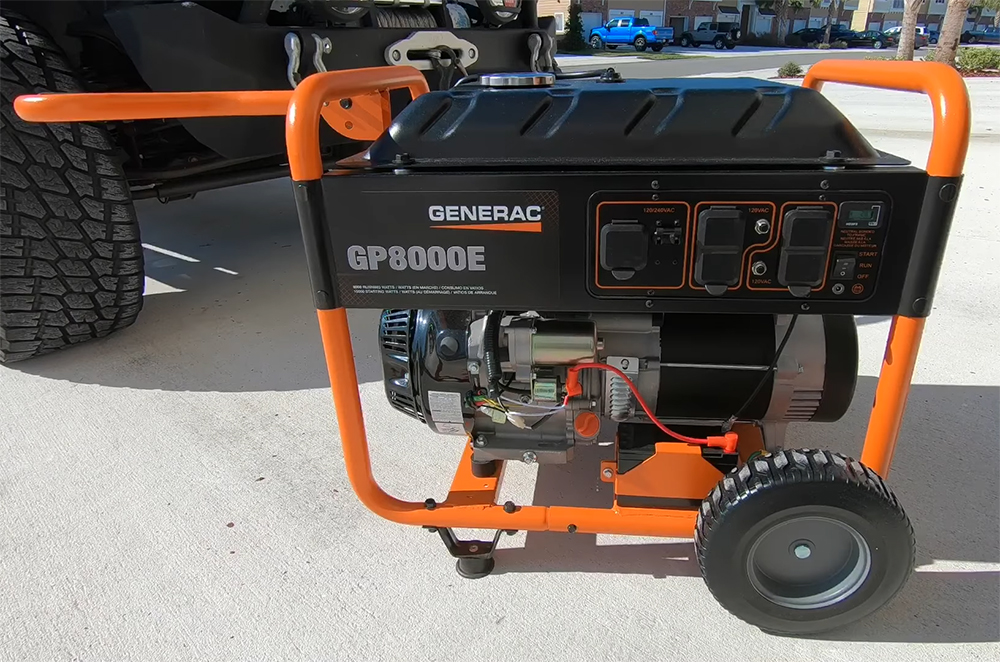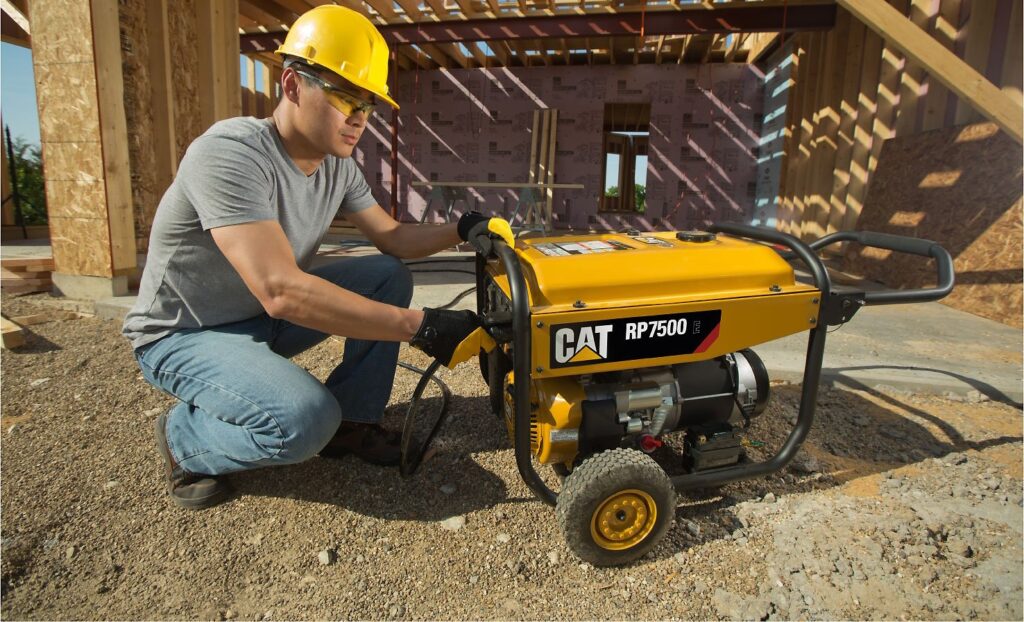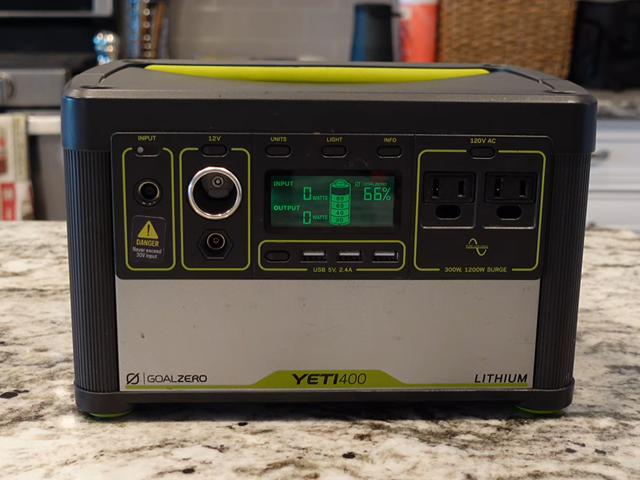Champion and Generator are two high-quality brands in the generator industry. The two companies are well-known for producing generators that pack in a ton of features, yet won’t break the bank. In addition, Champion and Generac generators are designed for versatility, so you can use them for anything from road trips to backup power at home.
Choosing between Champion vs. Generac generators can be tough since there’s a lot to like about both brands. In this guide, we’ll highlight the distinguishing features that separate Champion and Generac power units. We’ll also take an in-depth look at competing models from the two companies to see how they stack up.
Generac is one of the more established names when it comes to generators. The company was founded in Wisconsin in 1959, and it still designs and manufactures all of its generators in the USA.
By comparison, Champion is relatively new to the generator industry. The company was founded in 2003 to produce both residential and commercial-scale power units. Although new, Champion has been well-received by generator users – the company has sold more than 2.5 million units in its short history.
Both Generac and Champion have earned reputations for building reliable generators at highly affordable prices. The two companies focus on inverter generators, although they also have a full line of conventional generators. One of the things that sets Champion apart is that it has a number of dual-fuel generators with both inverter and conventional engines. This makes them particularly versatile, since you’re not restricted to gasoline.
Generac generators tend to focus on portability whereas Champion generators focus more on adding features. Across the two companies’ product lines, it’s not uncommon to find that Generac’s offerings are lighter and more compact. But, the price for that is that they are built with smaller fuel tanks, so your runtime will be more limited.
Another important difference between Generac and Champion lies in the two companies’ warranties. Champion offers a three-year warranty for all of its generators for residential users, but the company may limit its warranty to less than a year for commercial users on some models. Generac, on the other hand, offers either a two- or three-year warranty depending on the specific model, but only for residential users. Commercial users are limited to a one-year warranty for all Generac generators. So, contractors and other commercial users will need to pay attention to the warranty policies on the specific generators they’re comparing from these two companies.
In order to get a better idea of how Champion and Generac generators compare, let’s take a head-to-head look at some of the companies’ most popular models. We’ll focus on generators across the power spectrum, as well as both inverter and conventional generators.
| Champion Power Equipment 100263 | Generac GP3000i | |
| Type | Inverter | Inverter |
| Peak watts | 3060W | 3000W |
| Rated watts | 2790W | 2300W |
| Engine | Champion 4-stroke, OHV | 4-stroke single cylinder, OHV |
| Displacement | 192cc | 149cc |
| Fuel tank | 1.6 gal. | 1.06 gal. |
| Run time | 7.5 hrs (1/4 load) | 5.8 hrs (1/4 load) |
| Outlets | (1) 120V 30A TT-30R; (1) 120V 20A 5-20R Duplex; (1) 12V DC Automotive | (1) 120V 20A 5-20R Duplex, (1) 120V 30A L5-30R Twist Lock; (1) 12V DC 1A/2.1A USB port |
| Start type | Recoil, electric | Recoil |
| Noise level | 59 dBA | Not specified |
| Dimensions | 25.1 x 17.3 x 18.3 in | 22.2 x 13.3 x 18.4 in |
| Weight | 96.6 lbs | 59.5 lbs |
| Warranty | 3-year limited | 3-year limited (residential)1-year limited (commercial) |
| VIEW ON AMAZON | VIEW ON AMAZON |
These two inverter generators take very different approaches to the 3,000-watt power class. The Champion 100263offers somewhat more power, with 3,060 watts of surge power and 2,790 watts of continuous power. The Generac GP3000i nearly matches the surge power, at 3,000 watts, but drops to just 2,300 watts of continuous power. Considering this power difference, the engines are surprisingly similar – both are four stroke OHV engines, with just a small difference in displacement volume.
The differences between these generators starts to become clear when you look at the fuel tank size. The Champion generator is built with a 1.6-gallon tank that allows it to run for 7.5 hours at a 25% load. The Generac generator has a one-gallon tank that gives it an extremely short 5.8-hour runtime at a 25% load.
The two generators are closely matched in the outlets they provide. Notably, both generators include an RV-ready 30-amp twist-lock outlet. The Generac also includes a pair of USB outlets for charging electronics, but it lacks the simple remote electric start that the Champion model offers. So, the Champion generator is generally easier to start up, especially if you’re using it for RVing or camping.
Generac doesn’t specify the noise production of its generator, making it hard to compare across the two models. However, users note that they’re both quiet and can be used for camping without causing noise issues.
The biggest difference between these two generators is their size and portability. The Champion generator weighs nearly 100 pounds, while the Generac is just 60 pounds. It’s hard to say which is more portable, though, since the Champion generator has wheels while the Generac doesn’t – and 60 pounds is still a lot of weight to lift. Beware that the wheels on the Champion generator can’t easily be used on rough terrain, though, as they’re built into the generator’s body.
| Champion Power Equipment 100231 | Generac GP5500 | |
| Type | Dual-fuel conventional | Conventional |
| Peak watts | 6900W (gasoline) / 5500W (propane) | 6875W |
| Rated watts | 6250W (gasoline) / 5000W (propane) | 5500W |
| Engine | Champion 4-stroke, OHV | OHV |
| Displacement | 389cc | 389cc |
| Fuel tank | 6 gal. | 7.2 gal. |
| Run time | 9 hrs (gasoline, 1/2 load), 6.5 hrs (propane, 1/2 load) | 10 hrs (1/2 load) |
| Outlets | (1) 120/240V 30A Locking (L14-30R); (2) GFCI 120V 20A Duplex (5-20R) | (1) 120V 20A 5-20R Duplex; (1) 120/240V 30A L14-30R Twist Lock |
| Start type | Recoil | Recoil |
| Noise level | 74 dBA | Not specified |
| Dimensions | 27 x 27.7 x 24.4 in | 25.12 x 27.24 x 27.05 in |
| Weight | 162.5 lbs | 171 lbs |
| Warranty | 3-year limited (residential), 270-day limited (commercial) | 2-year limited (residential), 1-year limited (commercial) |
| VIEW ON AMAZON | VIEW ON AMAZON |
These two generators are nearly identical in many respects. But, the Champion 100231 is a dual-fuel conventional generator, whereas the Generac GP5500 is limited to running on gasoline. Given that the costs of the two models are similar, that versatility may be enough to push you towards the Champion unit.
Comparing power outputs on gasoline, the Champion model also comes out slightly ahead. It offers 6,900 watts of surge power and 6,250 watts of continuous power, compared to 6,875 watts of surge power and 5,500 watts of continuous power for the Champion generator. The engines are nearly the same, even down to the displacement volume.
One advantage to the Generac generator is that the fuel tank is one gallon larger, giving you an extra hour of runtime at 50% load. However, this is a small benefit, as the nine-hour runtime of the Champion model is plenty for most users.
Both generators offer 30-amp outlets that are capable of switching between 120-volt and 240-volt power. There are also four 120-volt outlets on each generator, so you don’t have to worry about running out of outlets. It’s worth noting that the Champion generator has an included digital voltmeter, which allows you to monitor your power output. The Generac doesn’t have a voltmeter, so you’ll have to monitor your power usage manually.
At more than 160 pounds each, neither of these generators are easy to lift. But, they’re both mounted on steel cages with heavy-duty pneumatic wheels to allow you to roll them around easily. One noticeable difference is that the Generac model has a pair of fold-out handles, which makes rolling even simpler.
Commercial users may need to look to a different model in the companies’ lineups, as both Generac and Champion drastically limit their warranties for commercial users on these generators.
| Champion Power Equipment 100297 | Generac GP8000E | |
| Type | Conventional dual-fuel | Conventional |
| Peak watts | 10000W (gasoline), 9025 (propane) | 10000W |
| Rated watts | 8000W (gasoline), 7250W (propane) | 8000W |
| Engine | Champion 4-stroke, OHV | OHV |
| Displacement | 459cc | 420cc |
| Fuel tank | 6 gal. | 7.9 gal. |
| Run time | 8 hrs (1/2 load on gas), 5 hrs (1/2 load on propane) | 9.5 hrs (1/2 load) |
| Outlets | (1) 120/240V 30A L14-30R Locking; (1) 120V 30A L5-30R Locking; (2) GFCI 120V 20A 5-20R Duplex | (2) 120V 20A 5-20R GFCI Duplex; (1) 120/240V 30A L14-30R Twist Lock |
| Start type | Recoil, electric | Recoil, Electric |
| Noise level | 74 dBA | Not specified |
| Dimensions | 27.8 x 28.7 x 26 in | 28.8 x 27.25 x 25.75 in |
| Weight | 209.4 lbs | 197 lbs |
| Warranty | 3-year limited | 2-year limited (residential), 1-year limited (commercial) |
| VIEW ON AMAZON | VIEW ON AMAZON |
The Champion 100297 and Generac GP8000E are evenly matched on power – they both pack a whopping 10,000 watts of surge power and 8,000 watts of continuous power on gasoline. But, the Champion generator has the distinct advantage of running on propane as well as gasoline, albeit with a lower power output. That’s a big advantage if you want to use this generator for home backup, since propane stores much better than gasoline.
Generac once again beefed up the volume of the fuel tank compared to Champion, allowing this generator run for an extra 1.5 hours at a 50% load. That’s not insignificant, especially if you’re using the generator for commercial applications that require a full day of power.
Both generators offer four 120-volt outlets and a 30-amp twist-lock outlet that can be toggled between 120-volt and 240-volt power. But, the Champion model includes an extra twist-lock outlet, which can be used to power an extra heavy-duty appliance at home. Each generator has an LCD display to monitor your power usage and remaining runtime, as well as both recoil and electric starters.
The Champion generator is notably heavier than the Generac model, although neither is easy to lift with fewer than four people. Both generators are mounted on steel cages with heavy-duty wheels that are capable of rolling off-road. The Generac model once again includes a pair of fold-out handles, which helps with towing.
For commercial users, there is a big difference in warranty policies between these two models. Generac limits commercial users to a one-year warranty for the GP8000E, while Champion offers a full three-year warranty on the 100297.
Both Generac and Champion generators bring a lot to the table. They’re affordable, packed with useful outlets, and relatively easy to transport. Champion has a significant edge, particularly in its higher-powered models, because it produces dual-fuel engines while Generac generators can only use gasoline. Champion’s generators also typically sport somewhat higher power outputs on gasoline than their Generac counterparts. Generac is best if you need to maximize your runtime, as the company usually adds larger fuel tanks to its units. In many features, including outlets and portability, the two companies’ generator offerings are highly competitive.
Ultimately, choosing between Champion vs. Generac generators comes down to the specific competing models that the two companies offer and the demands you expect from your generator.
